For today’s article we are covering the absolutely delicious and often overlooked legumes. Dried beans, peas and lentils all belong to the legume family. Legumes are among the most versatile and nutritious foods available. And you can eat these legumes all year round in a chilly cold winter’s day to a bean salad on a hot summer’s day. They also provide protein, fiber, folate, potassium, magnesium and iron. And legumes are typically low in fat and contain no cholesterol. Research shows eating one daily serving of legumes can reduce LDL or the “lousy” cholesterol levels by 5 percent.
Meat Substitute
Legumes can be an economical and healthy substitute for meat. Health Canada advises eating beans, lentils and dried peas often as an alternative to meat. So, they reduce saturated fat and increase fiber intake. Fiber helps to lower blood cholesterol, maintain regular bowel movements. And helps manage blood sugar levels. In addition to the protein and fibre benefits of legumes, a study found that eating one cup of legumes daily for three months can significantly lower blood pressure. Blood sugar levels and the risk for cardiovascular disease in people living with Type 2 Diabetes.
Now how do I include legumes into my diet?
Legumes are sold dried, frozen and canned. Don’t forget that dried beans need to be soaked before they are cooked. No pre-soaking is required for lentils and split peas. Canned and frozen legumes are convenient because they’re already cooked. They’re ready to add to your favorite dish. Just make sure you drain and rinse canned legumes first to remove any excess sodium. Many canned varieties are even sold as “no salt added.”
Types of legumes
There are many different types of legumes varying in shape, texture, color, and taste. Here are some of the most common types.
1. Lentils
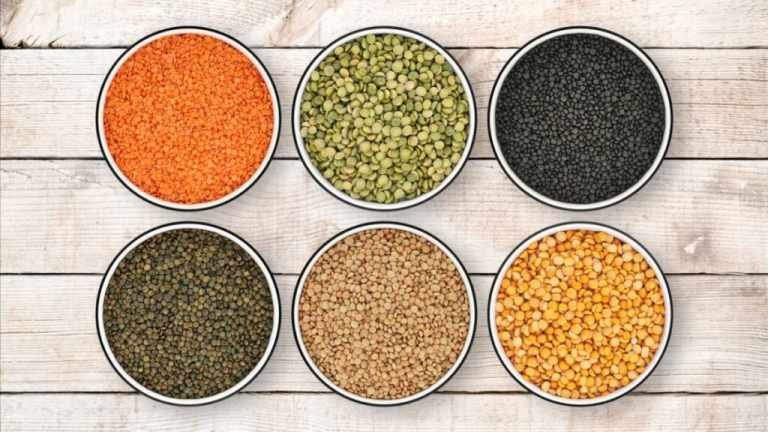
These are small, thin disk shaped seeds that come in various colors. Lentils are a heart-healthy legume that are high in fiber low in fat. And packed with nutrients like folate potassium and magnesium. They are also a great vegetarian source of protein. They weigh in at about16 grams of protein per cup. Plus they’re inexpensive and relatively quick cooking. Making them the perfect clean and delicious staple for your pantry. All lentils work well in salads, soups, curry dishes, dips. And you can even use them as a vegetarian alternative for a burger patty.
There’s three basic types of lentils brown green and red.
Brown Lentils
Brown lentils are by far the most common variety of lentils that you’ll see. This is the one you’re going to see at the grocery store. Most often these are the lentils that you find in a basic lentil soup.
They have a nice mild earthy flavor and they’re perfect for soup. You could also toss them on top of a salad or even put them in a wrap.

Green Lentils
Next up we have a green lentils. Now you’re either going to see these labeled French or Puy lentils. They are a bit smaller than the brown lentils. And they come in a pale green color. They are more expensive. But once they cook up they really maintain their flavor.
And they’re even a bit al dente so they have a little crunch to them. Flavor wise they are peppery and earthy. And they really stand out. So this lentil would be absolutely perfect if you wanted to make something like a lentil salad.

Red Lentils
Last but not least we have red lentils. They have the beautiful bright vibrant orange color. Flavor-wise a little bit more mild a little bit sweeter. And this lentil would be perfect if you were making something like a curry dish. Or a nice warming lentil stew. You’ll find lentils available at the grocery store all year round.

2 . Split Peas
Second one on the healthy legume list are small circular peas that have split into two halves. They come in different colors.
When cooked, these peas can become very soft making them great for soups or curry dishes. So go ahead, add beans, peas and lentils to your meals more often for better heart health.
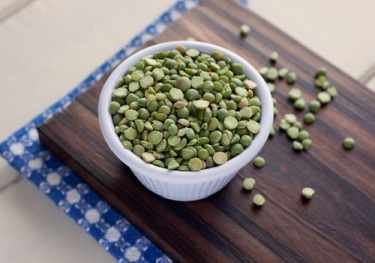
3. Beans
Beans are perhaps quite underrated when it comes to healthy foods. Because their nutrient profile is highly impressive. Beans are of different varieties and types. And each of these types offers enormous health benefits. Here are some healthiest beans
Kidney Beans
kidney beans are among the most common and the healthiest beans aboard. They are laden with proteins, manganese, copper, fiber, and iron. While iron ensures that oxygen is carried to different parts of the body. The high proportion of dietary fiber keeps that gut healthy.

All of these essential nutrients and minerals are present in handsome quantities in kidney beans. In addition to this kidney beans also pack a significant punch of folate. Which is needed by pregnant women in right quantities. Therefore these are a must have in your pantry.
Black Beans
Black beans are highly popular in Central America. They also serve as an excellent source of proteins. Which is one of the most important nutrients in the body. Apart from this they also contain proper amounts of fiber, manganese and folate. Black beans are also highly rich in iron. Which has a plethora of health benefits. Therefore they keep the blood sugar levels under control.
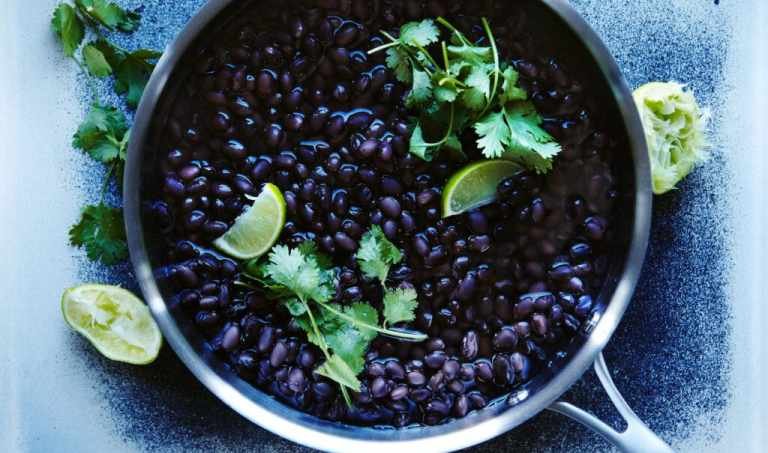
Soy Beans
Soy products are among the highest nutrient-dense foods on earth. And these are excellent in the manner in which they contain phosphorus, manganese, iron, proteins and folate. But soy beans also come with vitamin K. Which has myriad health benefits. Interestingly the consumption of soy beans has been associated with reduced risks of cancer. And these benefits find evidence in various types of research.

Pinto Beans
Pinto beans are highly famous in the streets of Mexico. These beans are not just famous but also highly nutritious. They are so full of proteins, folate, manganese, copper and vitamin B. Pinto beans help to reduce blood cholesterol. Which is an additional benefit of eating pinto beans
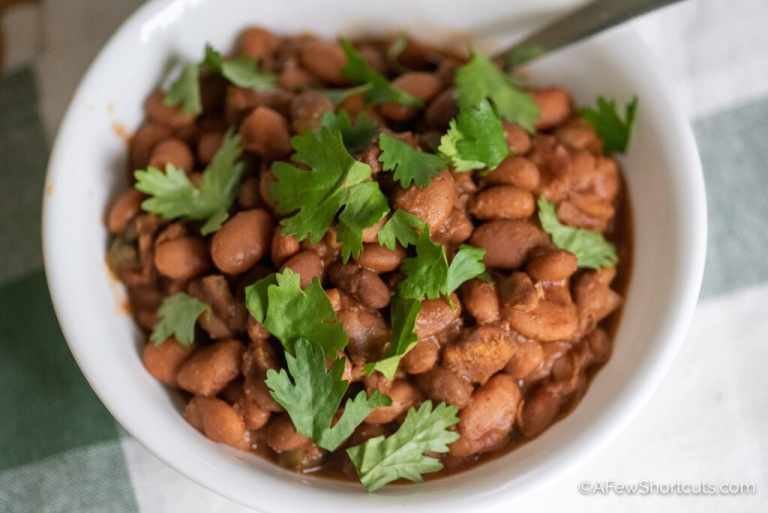
Perico Beans
Perico beans haricot beans are also known as navy beans. And they have a lot of protein and dietary fiber to offer to the body. When it comes to minerals even then these beans are handsome. As they are rich in magnesium and manganese. Perico beans can also significantly reduce the risk of metabolic syndrome. And they also promote high levels of good cholesterol in the body.
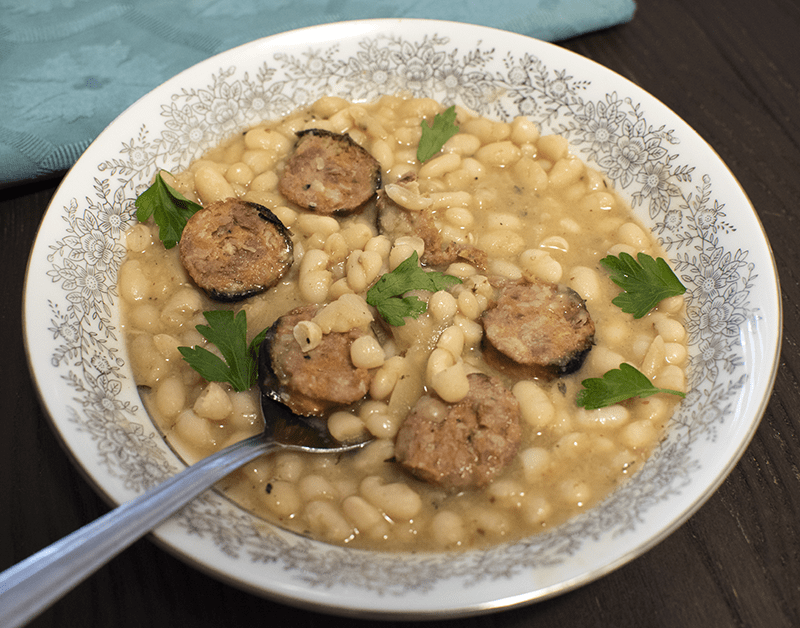
Garbanzo Beans
Garbanzo beans are also popularly known as chickpeas. And they are very rich in dietary fiber. Which is essential to keep the functioning of the digestive system healthy. They are also high in proteins, folate, manganese, copper and iron. They are very low in calories. And also work to reduce the level of blood sugar. Therefore, making them a healthy choice.

Lima Beans
Lima beans are rich in proteins fiber, iron magnesium and potassium. They also have a crucial role to play in bone development and hair growth. Besides this they keep the blood sugar levels regulated. And boost the energy levels in the body.

Fava Beans
These beans have decent amounts of vitamin A and vitamin C to offer to the body. And more importantly they have high proportions of proteins and dietary fiber. Making them very beneficial.

Green beans

They may not be as high in proteins as other beans. But they have vitamin A and vitamin C to offer. In addition to iron calcium and magnesium.
Great Northern Beans

These beans are popular for their high content of protein and dietary fiber. These are also commonly used in soups.

